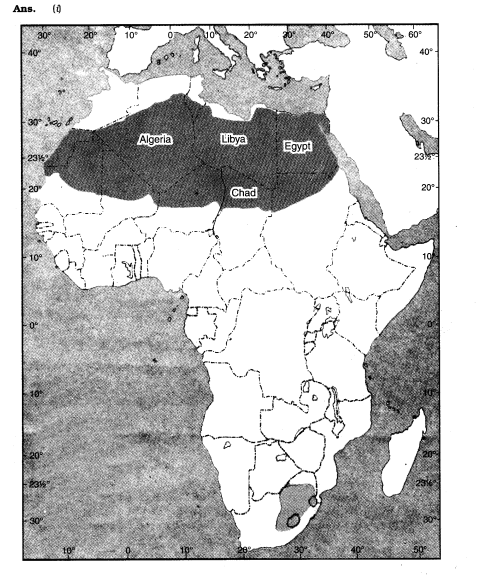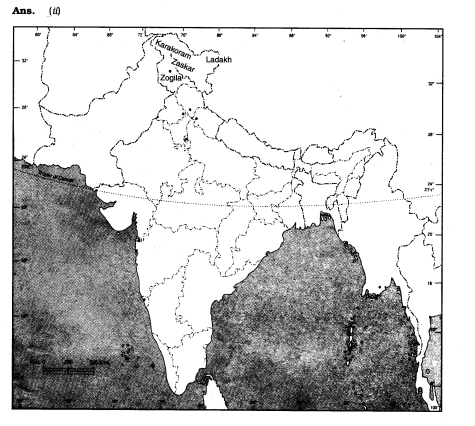EVENTS CONVENT HIGH SCHOOL
01/12/2021 CLASS- 6 SESSION 2021-22
SUBJECT :SCIENCE
CHAPTER-4
SORTING MATERIAL INTO GROUPS
______________________________________
Q. 1. State whether the statements given below are ‘true’ or ‘false’.
(i) Stone is transparent, while glass is opaque.
(ii) A notebook has lustre while eraser does not
(iii) Chalk dissolves in water.
(iv) A piece of wood floats on water.
(v) Sugar does not dissolve in water.
(vi) Oil mixes with water.
(vii) Sand settles down in water.
(viii) Vinegar dissolves in water.
Ans.
(i) False
(ii) False
(iii) False
(iv) True
(v) False
(vi) False
(vii) True
(viii) True
Q. 2. Given below are the names of some objects and materials:
Water, basket ball, orange, sugar, globe, apple and earthen pitcher Group them as:
(a) Round shaped and other shapes
(b) Eatables and non-eatables
Ans.
(a) (i) Round shaped: Basket ball, apple, orange, globe, earthen pitcher.
(ii) Other shapes: Water, sugar.
(b) (i) Eatables: Water, orange, sugar and apple.
(ii) Non-eatables: Basket ball, globe and earthen pitcher.
Q.3 VERY SHORT ANSWER TYPE QUESTIONS
1. Why do we need to group materials? Give one reason.
Ans: We often group materials for our convenience. It helps to describe their properties.
2. Suggest two bases on which we can group objects.
Ans:
(i) Material used in making the object, e.g. wood or metal/plastic.
(ii) Material of the object is soft or hard, or substance is soluble or insoluble in water.
3. Is a substance which can be compressed soft or hard?
Ans: Soft.
4. Select a lustrous material out of the following substances:
Ans: Aluminium.
5. Which material is generally used for making pens?Wood, aluminium, plastic, cotton
Ans:Plastic or metal.
6. Is oil soluble in water?
Ans: Oil does not dissolve in water so it is insoluble in water but floats on the surface of water.
7. Name two objects which are made from opaque materials.
Ans: Wooden doors, blackboard/steel plate.
Q.4SHORT ANSWER TYPE QUESTIONS
1. Write any four properties of materials.
Ans:
(a) Appearance
(b) Hardness
(c) Solubility
(d) Float or sink in water
(e) Transparency
2. Why is a tumbler not made with a piece of cloth?
Ans: We use tumblers made of glass, plastic and metal to keep a liquid. These substances can hold a liquid.
A tumbler made of cloth cannot hold a liquid because:
(i) Cloth piece is not hard enough to hold liquids and
(ii) Cloth piece has very minute pores through which the’liquid oozes out.
3. What are the similarities between iron, copper and aluminium?
Ans:
(a) They all have lustre,
(b) They are all metals,
(c) They are hard.
4. Mention some materials which are made up of paper.
Ans: Books, notebooks, newspapers, toys, calendars, etc.
5. Why is water important for our body?
Ans: Water can dissolve a large number of substances, so it is needed by the body. It is also major part of our body cells.




